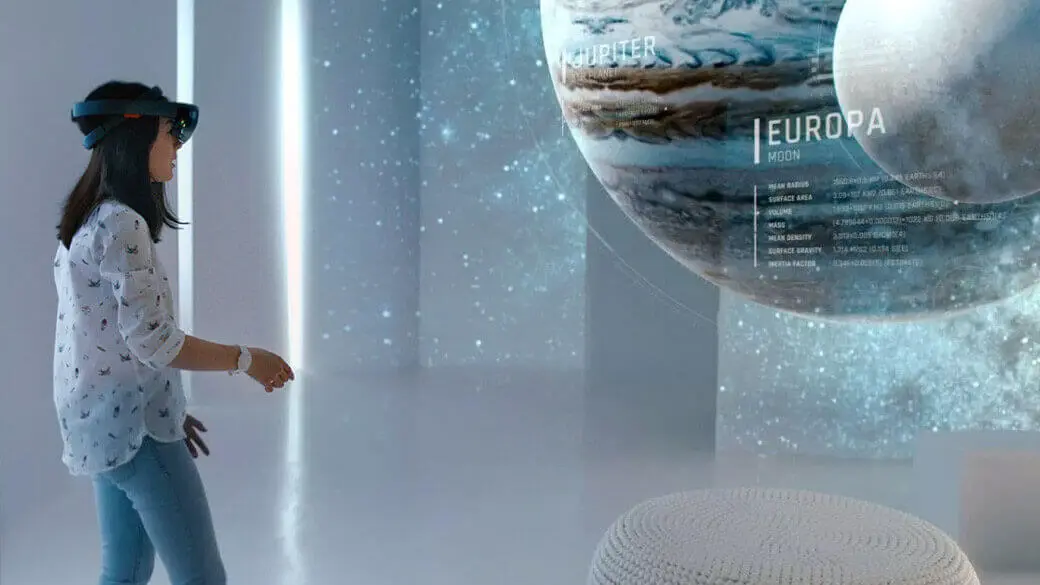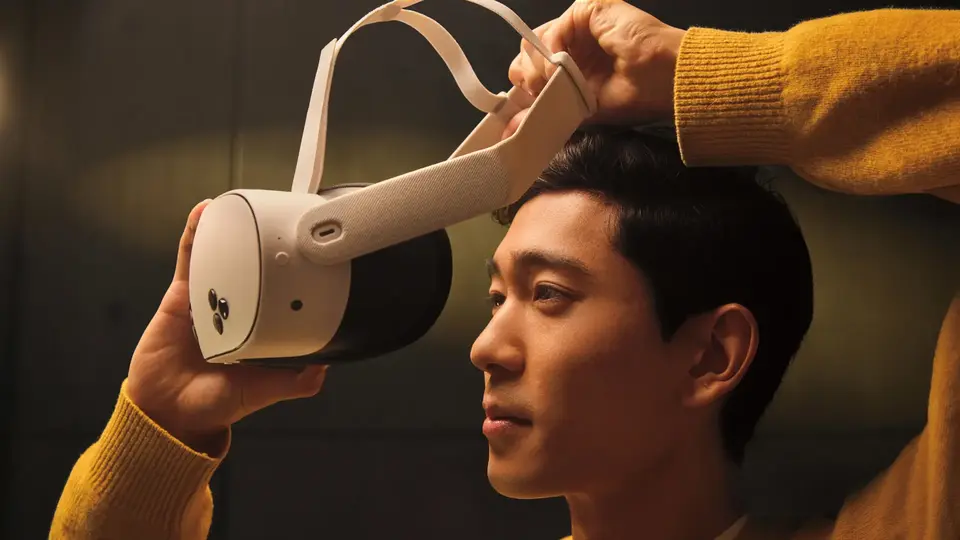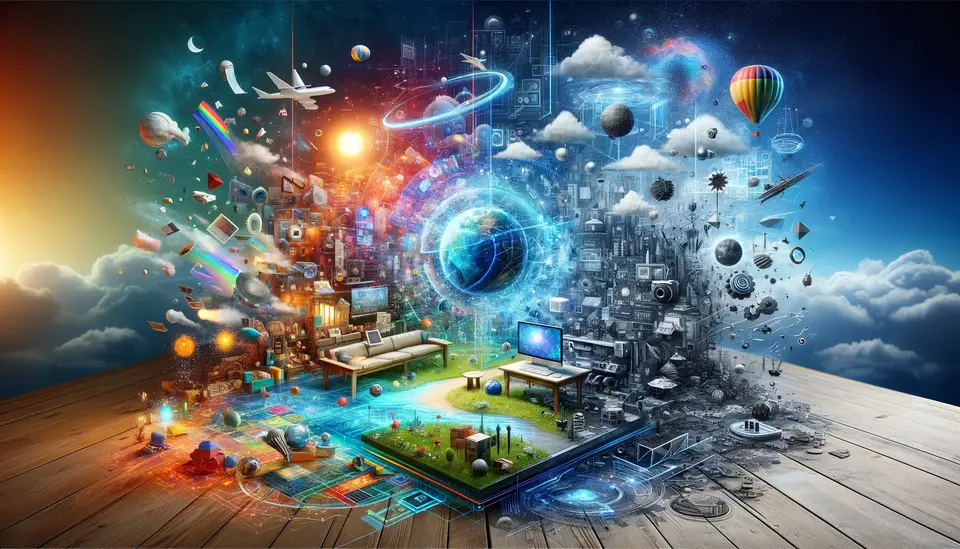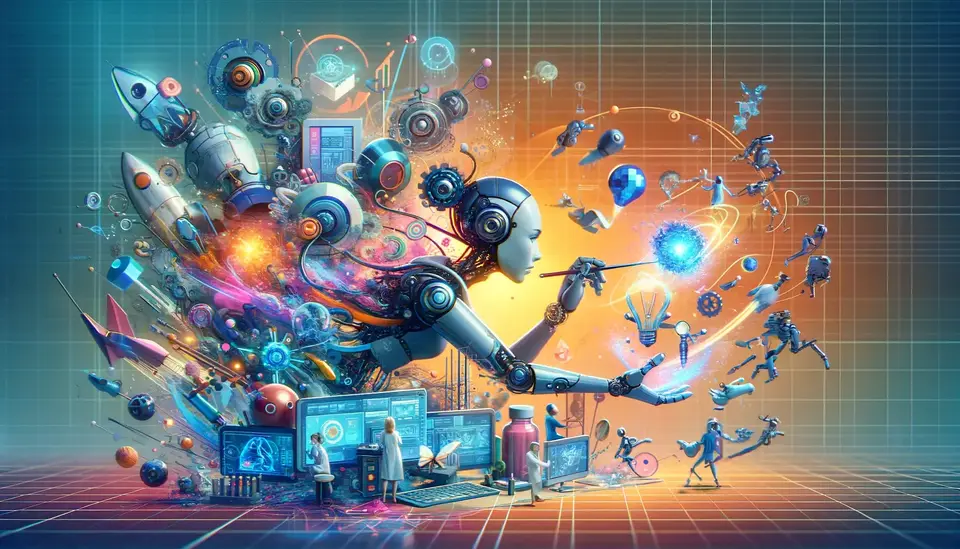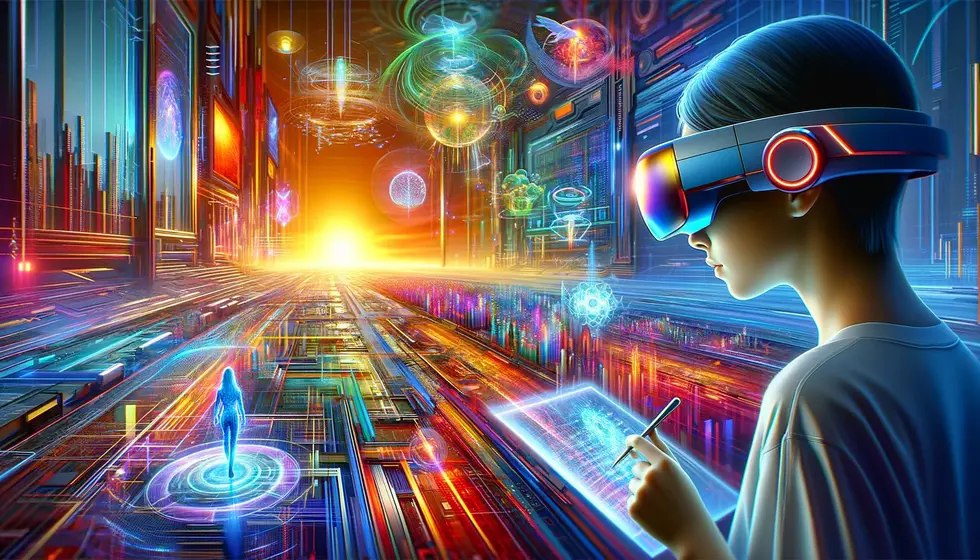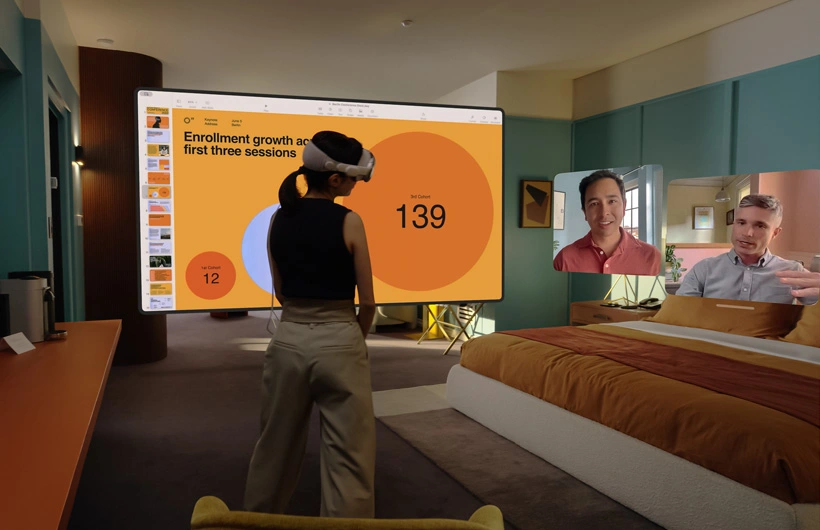What is mixed reality?
Posted on May 25, 2022 6 minutes 1223 words
Table of contents
Every day, new technologies appear in our world, and some of them greatly change and facilitate our experience of life. We have started to hear the concepts of augmented reality (AR), virtual reality (VR), and mixed reality (MR) every day. The focus here is mixed reality (MR), but to better understand this revolutionary technology, we need to know what augmented reality (AR) and virtual reality (VR) is simply. So what are AR and VR technologies in the simplest sense, what is mixed reality and how is it different from AR and VR? How does mixed reality work? Where is mixed reality used in our daily life and what are its examples? Let’s take a closer look at the answers to all these questions.
What is augmented and virtual reality?
Augmented reality is a technology that adds digital elements to our physical world. It allows us to add digital elements to the physical world we normally live in and to see them as if they normally exist. As the simplest example, we can see how a chair we want will look in our room by downloading and using the IKEA Place application on the smartphone. Virtual reality is a technology that takes us to a completely virtual world instead of integrating virtual elements into the physical world. VR technology allows us to enter a completely virtual world with a headset we wear, making it possible to experience it in 360 degrees and 3D.

What is mixed reality, and how is it different from augmented and virtual reality?
Mixed reality is a concept that is often confused with augmented reality. But there is a very distinct difference between the two. Virtual reality should not be ignored when considering mixed reality. Mixed reality is simply a blend of augmented reality and virtual reality. Mixed reality is a technology in which physical and digital objects coexist and the user can interact with digital objects and manipulate these objects. In simple terms, mixed reality brings together our physical and virtual worlds. Here, you may have a question, what is the difference between mixed reality and AR and VR, and the answer is as follows;

The biggest difference that separates mixed reality from AR is; In mixed reality, digital objects can be manipulated and interacted with. Mixed reality has this interaction, while AR does not. AR technology only allows us to bring digital objects to our physical world, but it does not allow interaction. The most obvious example of this situation is the face filters on Snapchat and Instagram, which we all know and use every day. Although these filters emerged thanks to AR technology, the interaction with these filters occurs thanks to mixed reality.
The biggest difference that separates mixed reality from VR is that the experience MR offers is in today’s world, in the physical world. Virtual objects in MR technology are blended with today’s world, we see these objects in the physical world. But the VR experience takes place in the digital world. We experience VR technology with head-mounted displays that take us away from the physical world and into a completely virtual world. In mixed reality, the headsets used have clear lenses or cameras. In this way, while mixed reality headsets allow us to see our normal world, they also allow us to blend digital objects with our normal world.
How does mixed reality work?
Devices using mixed reality (MR) technology have cameras, sensors, and artificial intelligence software. With the information coming from the cameras and sensors, the software in the device scans the environment and creates its virtual map. After the device performs the virtual mapping, it displays the desired digital contents and holographic images as if they exist in our physical world. It allows interaction with these elements. In addition to this process, the devices also follow the movements of the user and where he or she is looking. This method adds items to the physical world based on the movements of the person.
Use cases for mixed reality
Education, design, healthcare, and manufacturing are among the main application areas of mixed reality. In addition to these areas, mixed reality is used in many other areas and its usage area is increasing day by day.
Education
Biology and chemistry are considered traditional education methods, but the information they teach remains abstract. With mixed reality, we can view the cell membrane as if it really appears in our physical world and entertainingly learn all the details. Another example is that we can do chemistry experiments, which would normally be dangerous to do, in many different ways. This is because they are both harmless and will not waste resources. Many more examples like these could be given. With mixed reality, classes can be made more fun and thus the learning process can be more interactive.
Design
Designers lose both time and financial resources while prototyping a product they will produce. This prevents them from trying many ideas. With mixed reality, designers can design as many prototypes as they want and test and develop these prototypes as they wish. Mixed reality gives designers freedom in terms of creativity, which allows them to increase their productivity and improve themselves.
Healthcare
The importance of mixed reality within healthcare is increasing day by day. While surgeons are operating on the patient, they can visualize the patient’s vital information and manage the process better. They can also use what they will do and their notes about the operation as if they had a guide in front of them. Another critical point is that students receiving health education can view information such as human anatomy with MR. This allows them to learn all the details without the need for a physical body.
Manufacturing
Manufacturing is one of the most used areas of mixed reality today. In companies with many production sites and machines, training of personnel, maintenance of machines, and solving problems that may arise are very critical.
Due to the use of mixed reality in the training of production and maintenance personnel, the speed and effectiveness of training can be increased. This is thanks to the use of completely digital elements. Visual training contributes to the permanence, speed, and instructiveness of technical training. Since the trainee will see the parts, machines, and equipment as if they really exist, he or she will receive training on them.
A classic manufacturing sector utilizes people who are knowledgeable in these fields to maintain and fix machines. This leads to a loss of both time and financial resources. With mixed reality, information about what to do can be transmitted to the operators of the machines visually. In this way, knowledgeable people on these issues will be able to solve all problems without visiting anywhere. These contributions of mixed reality to the manufacturing industry increase productivity day by day.
These areas are the areas where mixed reality is used the most. However, besides these areas, mixed reality is also used in other areas such as B2B communication, supply chain management, military training, and product content management. The usage areas of mixed reality are expanding day by day.
In addition to this topic, you can also read our articles about what is smart glasses, virtual reality, and augmented reality.

